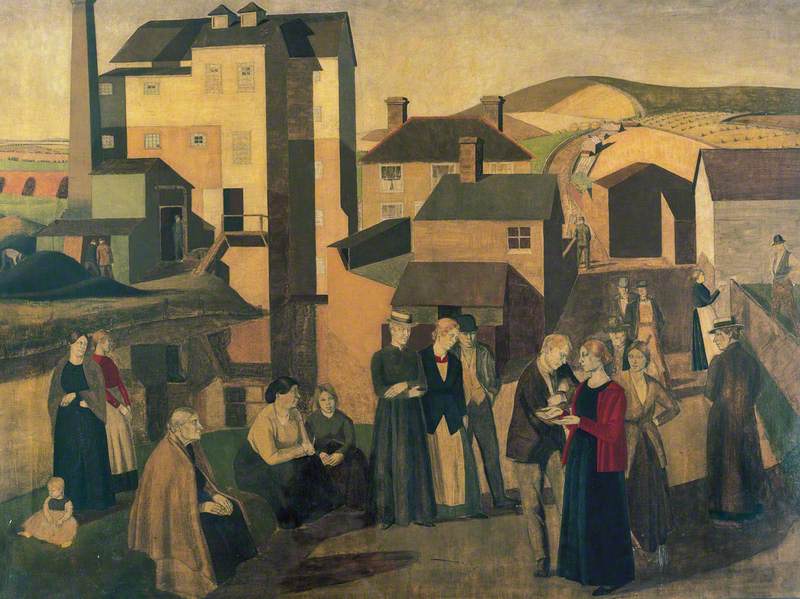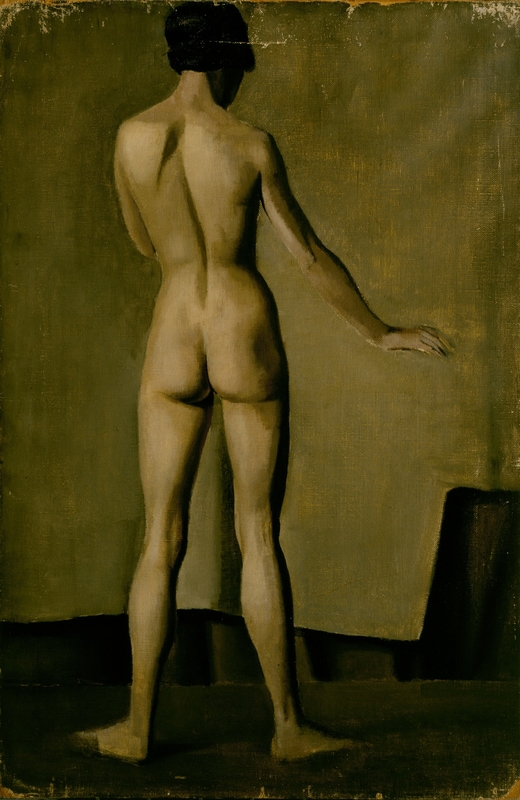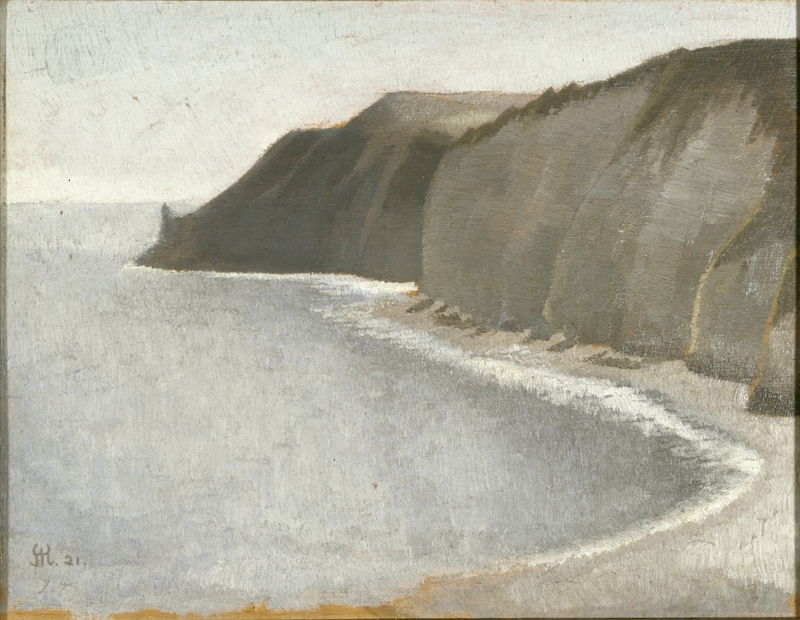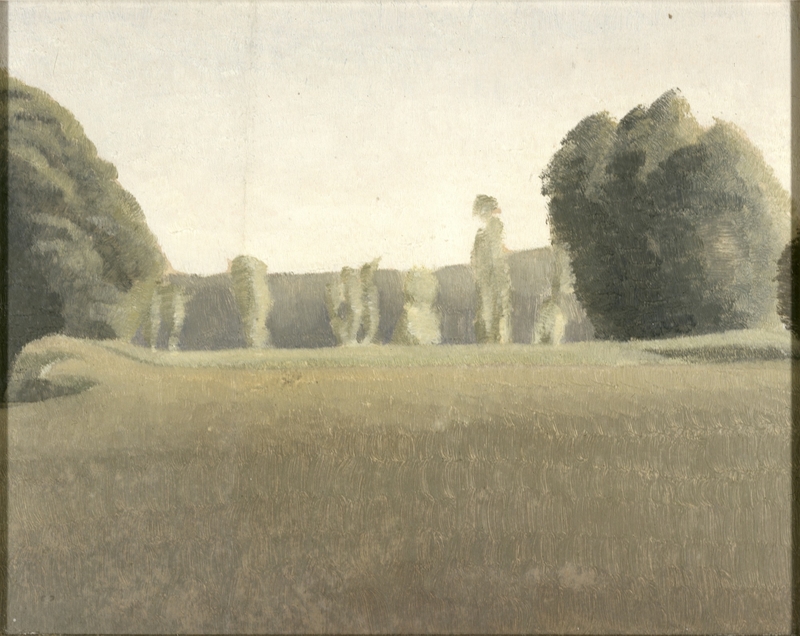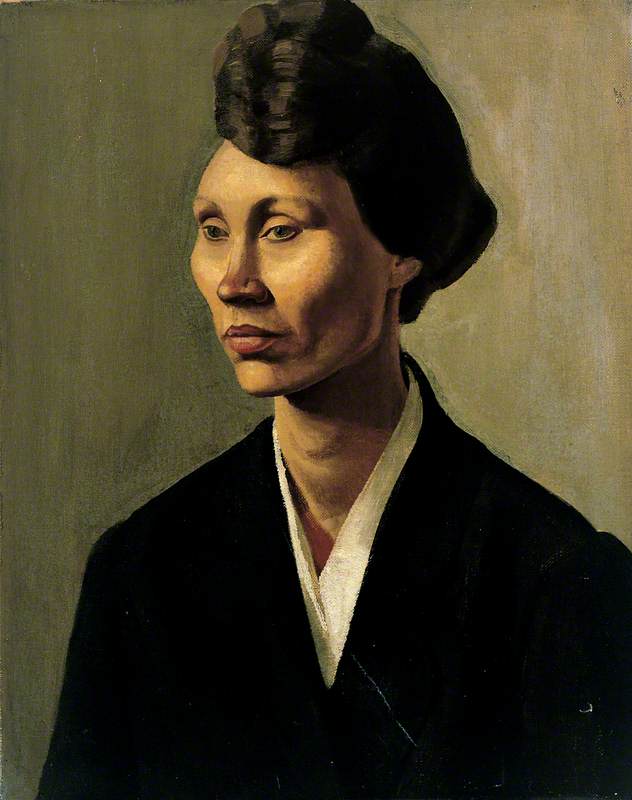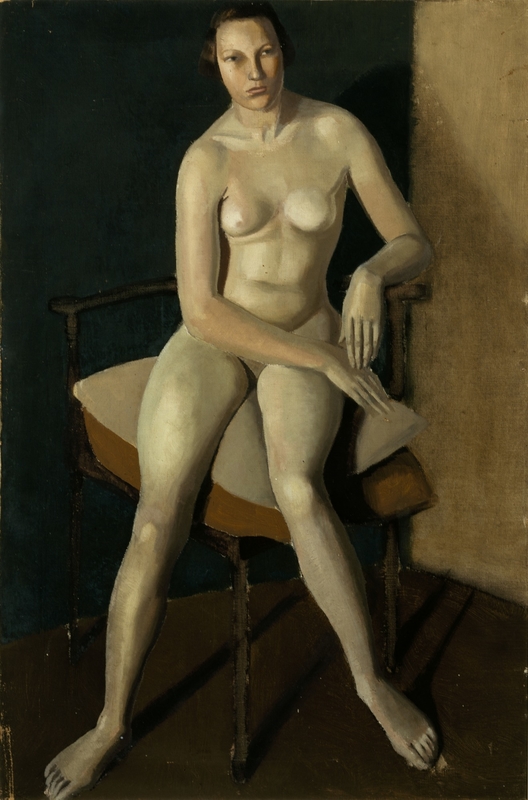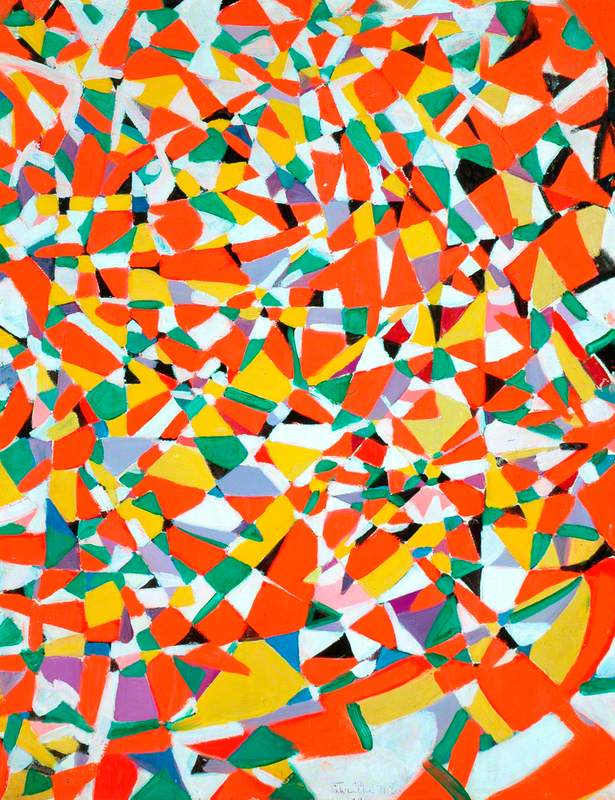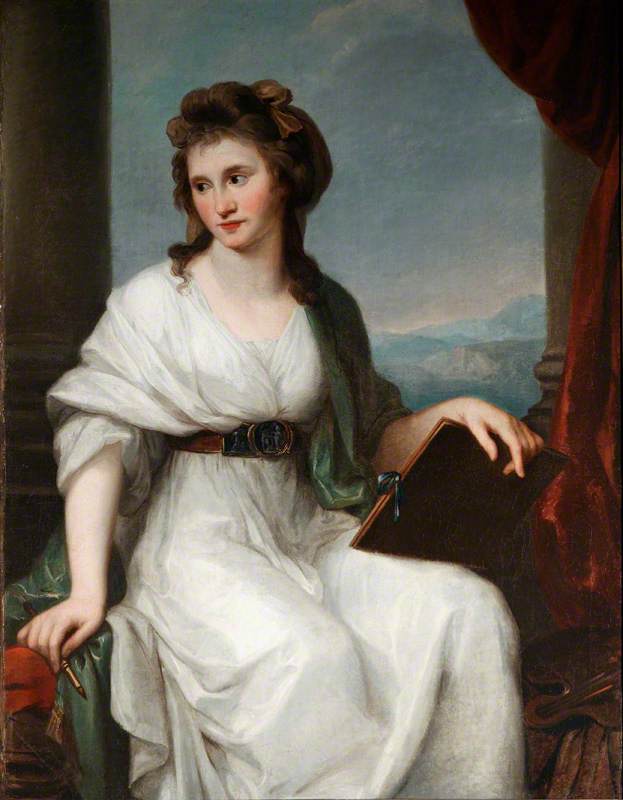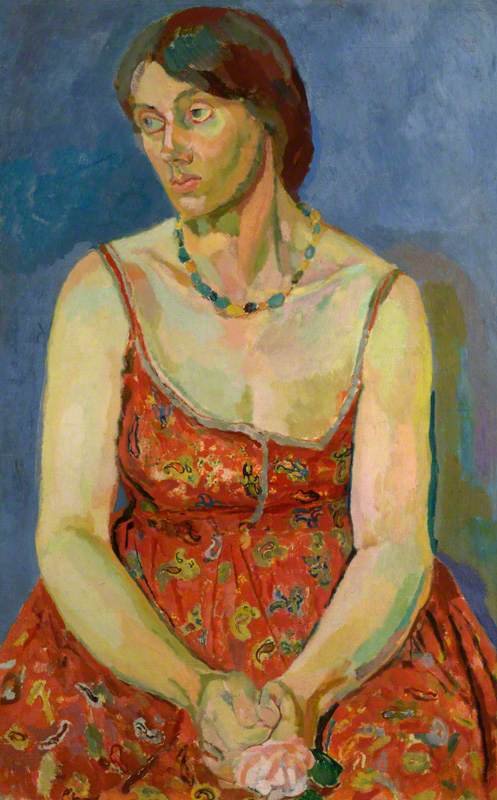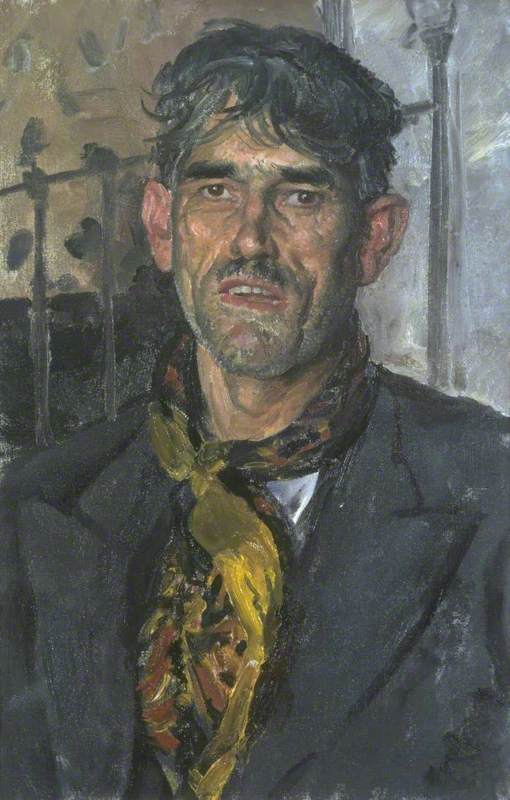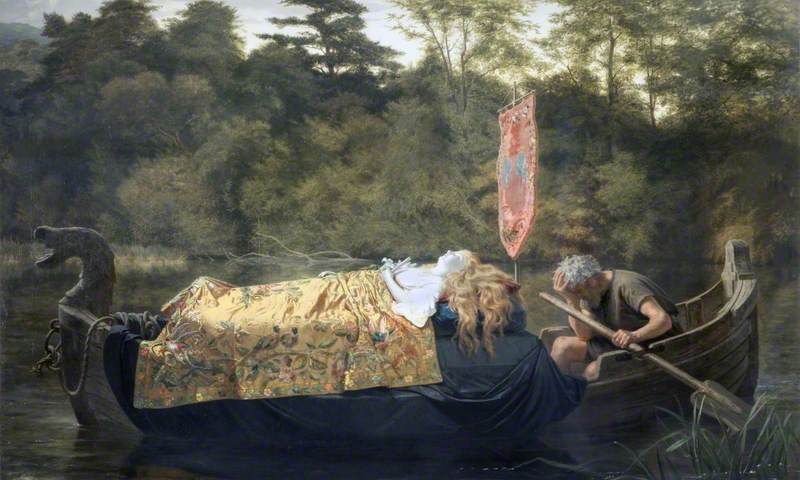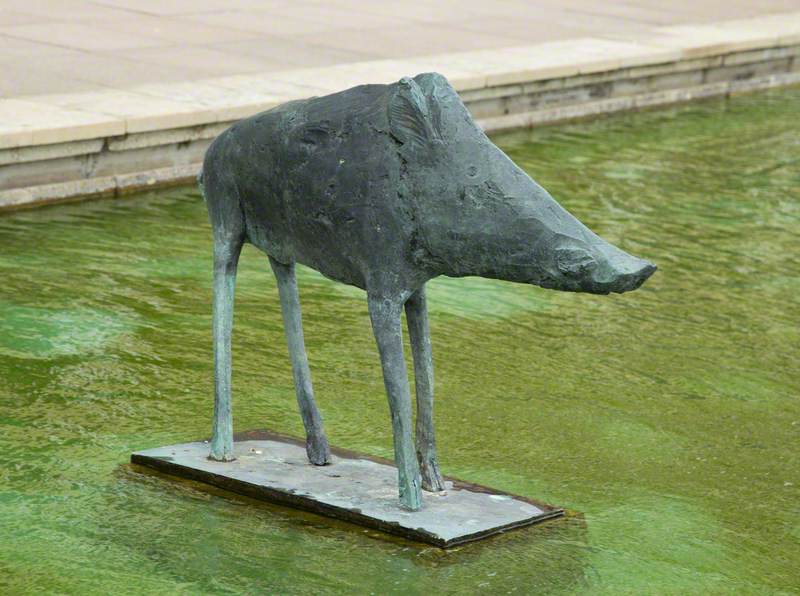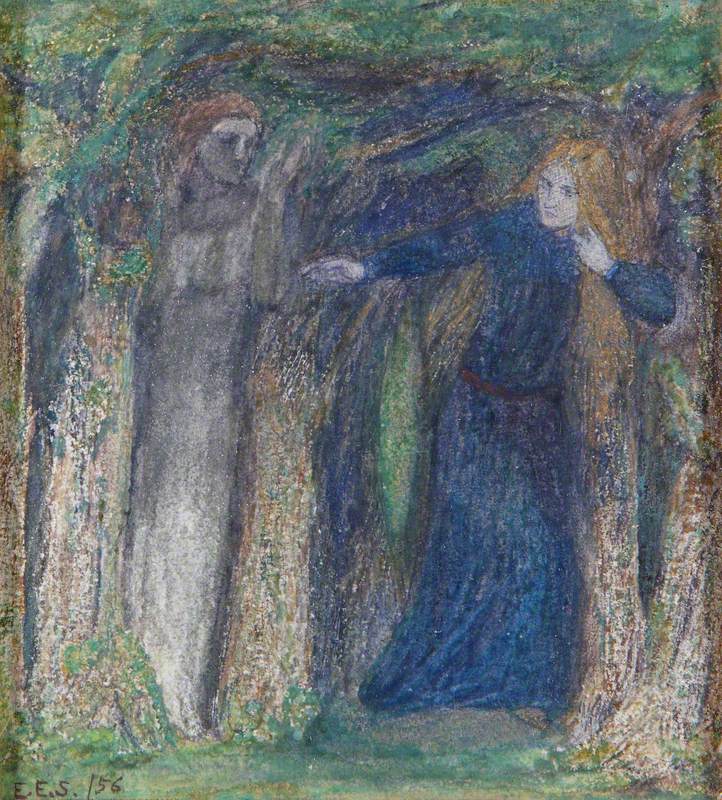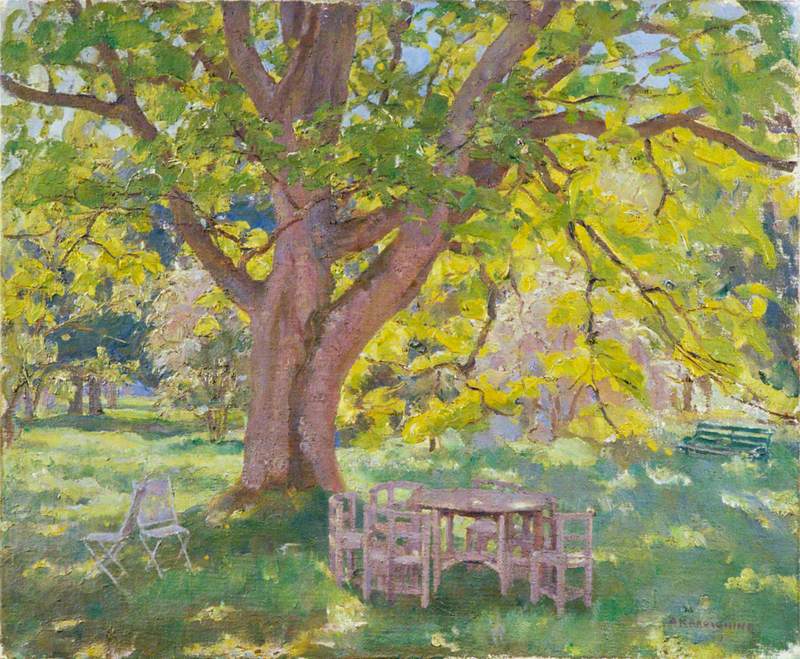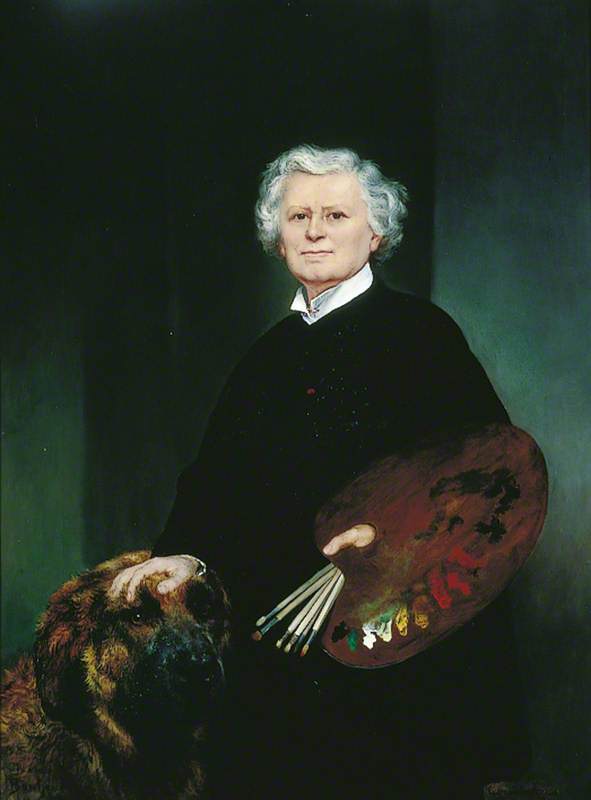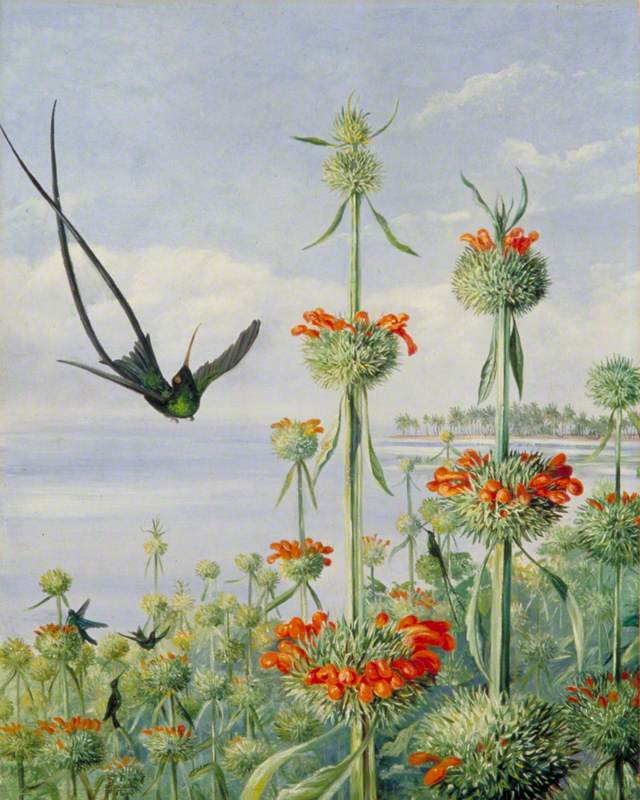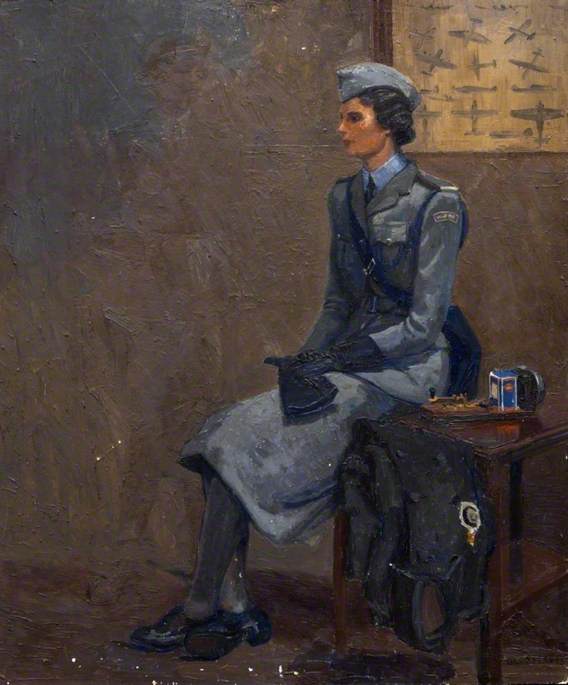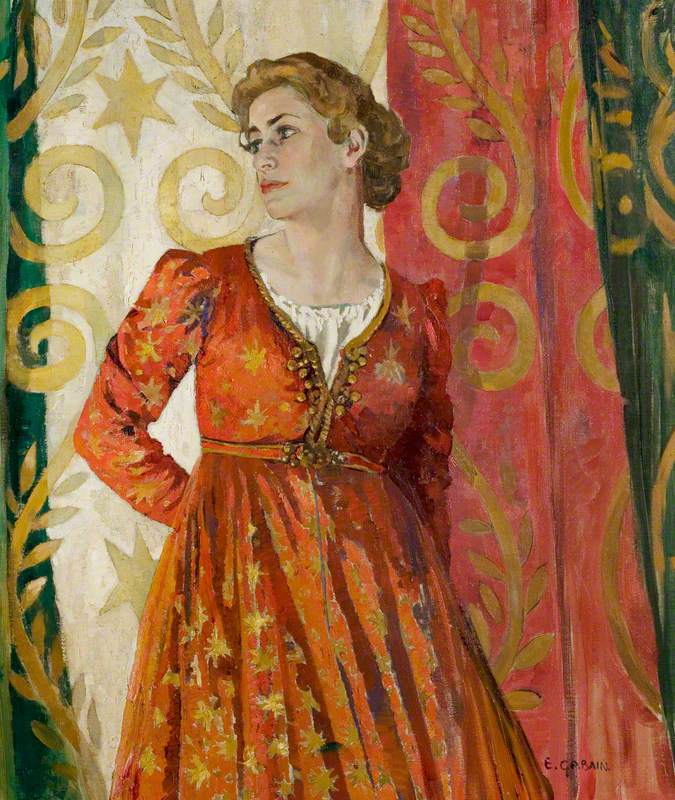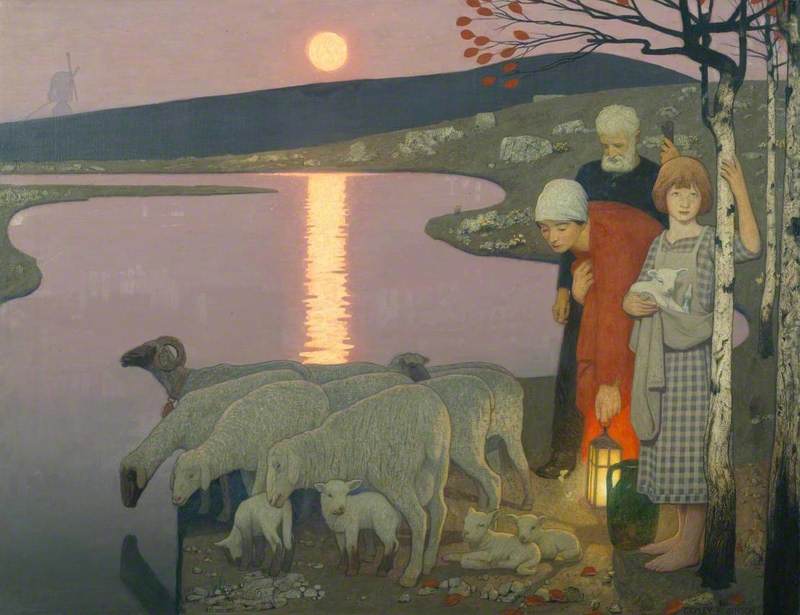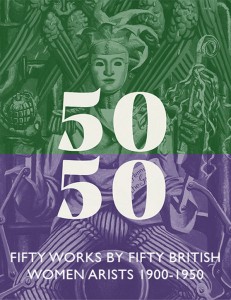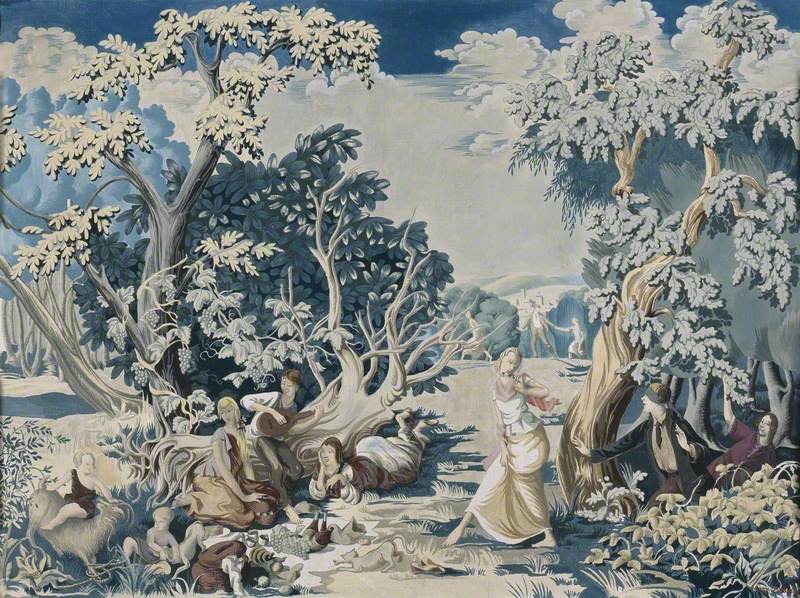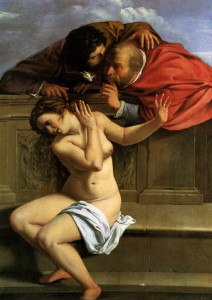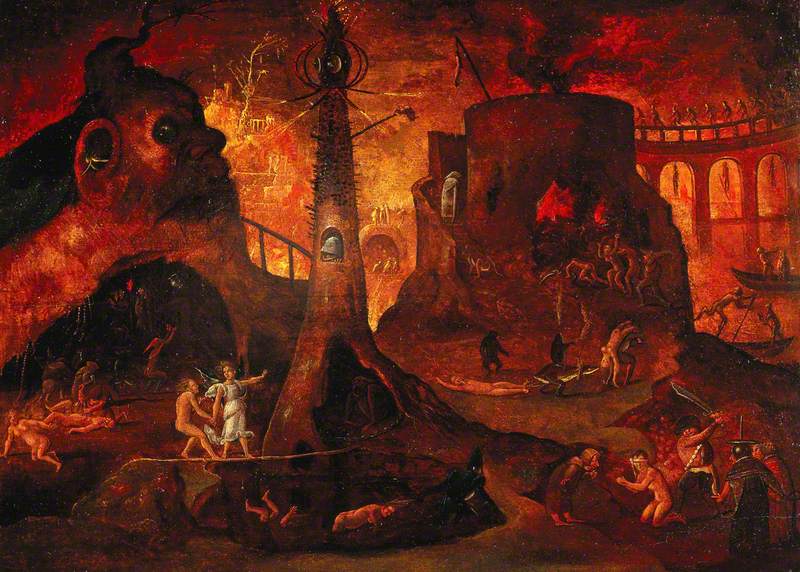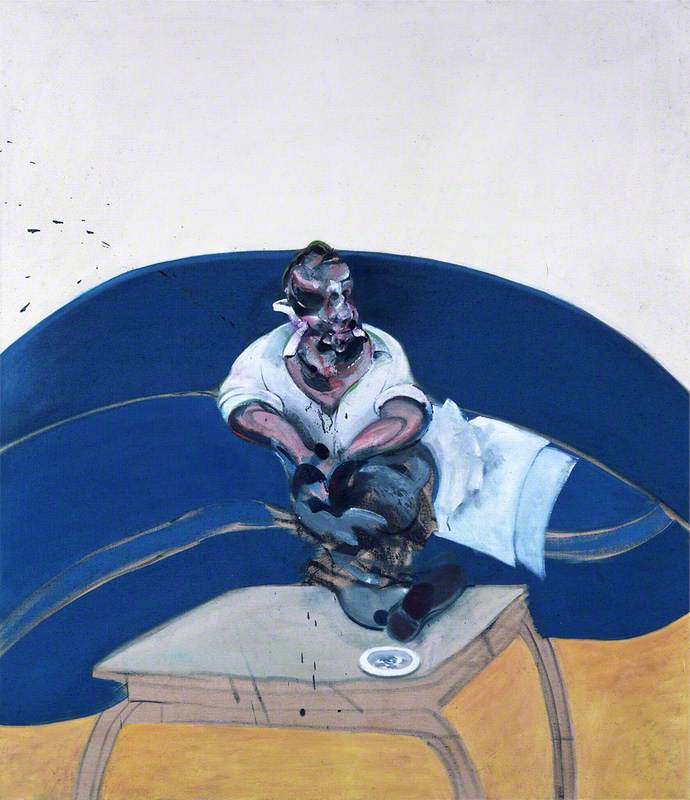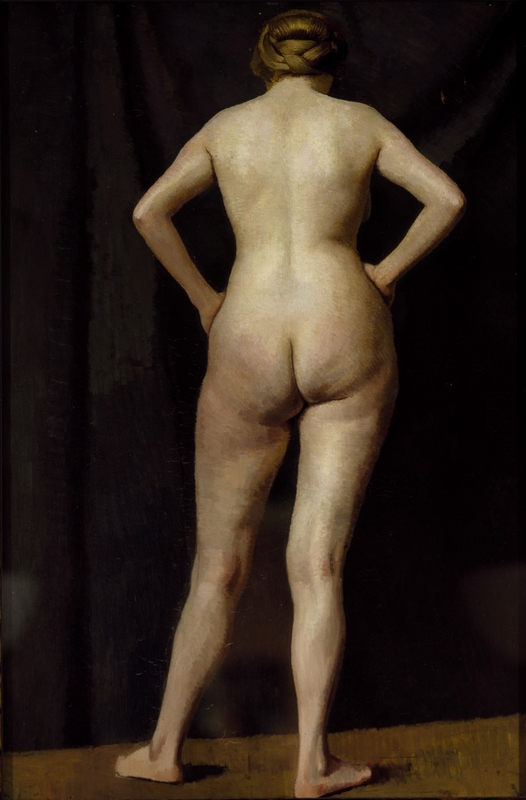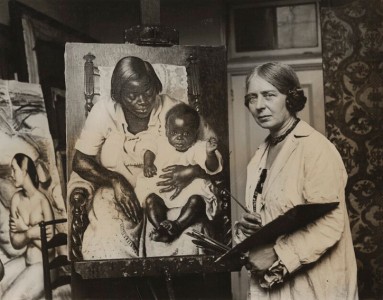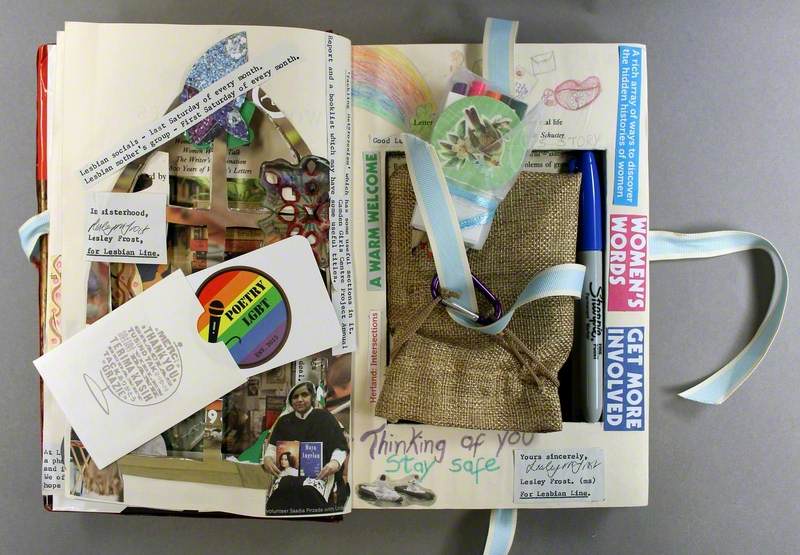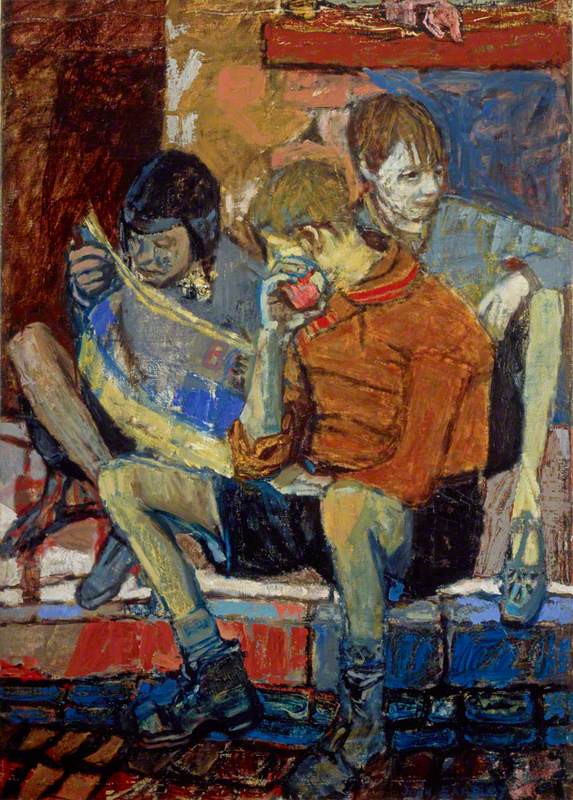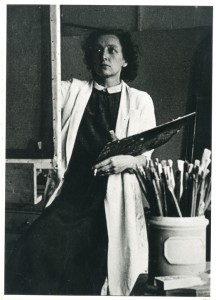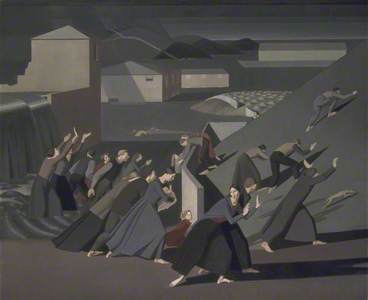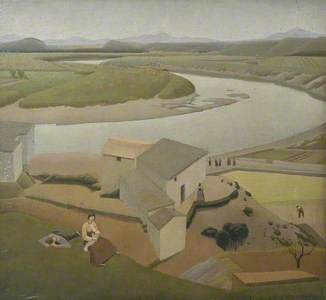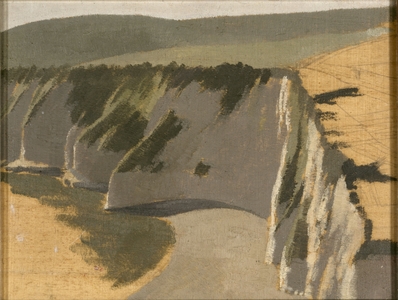Winifred Knights (1899–1947) was an award-winning student at the Slade School of Fine Art and the first woman to win the prestigious scholarship in Decorative Painting offered by the British School at Rome. Appreciated in her own lifetime as one of the most talented and striking artists of her generation, her work is little-known today.
Winifred Knights began her formal training at the Slade School of Fine Art in 1915. Under the rigorous tuition of Frederick Brown and Henry Tonks she soon became an exacting draughtswoman, earning great admiration from her teachers and fellow students; in 1917 she won a first class certificate for a life-drawing. However, this auspicious start was interrupted by ill-health; she had been deeply traumatised after witnessing the explosion of a munitions factory in Silvertown, and took a year off from her studies to recuperate with cousins in rural Worcestershire. It was here that she consolidated her already deep attachment to the countryside and, influenced by the utopian writings of the socialist philosopher Edward Carpenter, began to produce ambitious figure compositions recording rural labour.
Returning to the Slade in 1918, Knights developed a consistent style, reducing form and colour in response to the dictums of Decorative Painting, which was then undergoing a revival. The term ‘Decorative Painting’ was part of an aesthetic philosophy which, through formal composition, aimed to render a picture suitable to take its place within an architectural setting. In 1919 she won the coveted Slade Summer Composition prize and in 1920 became the first woman to win the Rome Scholarship in Decorative painting with The Deluge (Tate).
In its depiction of fleeing figures and barren landscape, The Deluge is likely to have drawn upon Knights’ first-hand experience of zeppelin raids.
During the five years Knights spent in Italy, she found inspiration in the Roman Campagna and in the towns and villages of Tuscany and Umbria. Her interest lay in the beauty of the living landscape and its inhabitants whom she depicted with intuitive understanding.
Italian Landscape near Lago di Piediluco, Umbria, Italy
c.1920–1923
Winifred Knights (1899–1947) 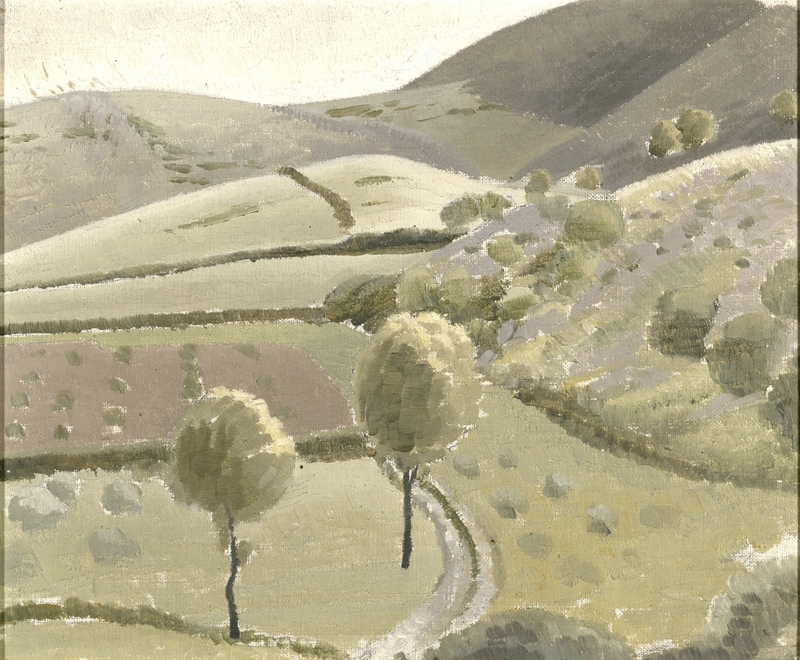
In their flattened perspective, contemplative moods and harmonious colour schemes, Knights’ pictures convey her increasing admiration for the Early Renaissance painters, in particularly Piero della Francesca, whose fresco cycles would provide inspiration and influence throughout her life.
On her return to England, Knights received a commission to paint a reredos for the St Martin’s Chapel in Canterbury Cathedral. The Rt Revd George Bell, Bishop of Chichester, described the picture as ‘one of the most lovely, delicate and deeply felt modern religious paintings that I know’.
Through the influence of her aunt, Millicent Murby (Treasurer of the Fabian Women’s Group), Knights sought themes and subjects through which she explored women’s autonomy.
Presenting herself as the central protagonist, and selecting models from her inner circle, she consistently rewrote and reinterpreted fairy tale and legend, biblical narrative and pagan mythology to create visual documents of her own lived experience.
The conflict between female self-empowerment and subjugation was a recurrent theme, explored through women’s relationship to the natural world, working communities, marriage, motherhood and bereavement. Working with a sincerity of purpose and a unique vision, she created an image of an ideal world.
Sacha Llewellyn, author of Winifred Knights 1899–1947, published by Lund Humphries, and also co-founder of Liss Llewellyn Fine Art
